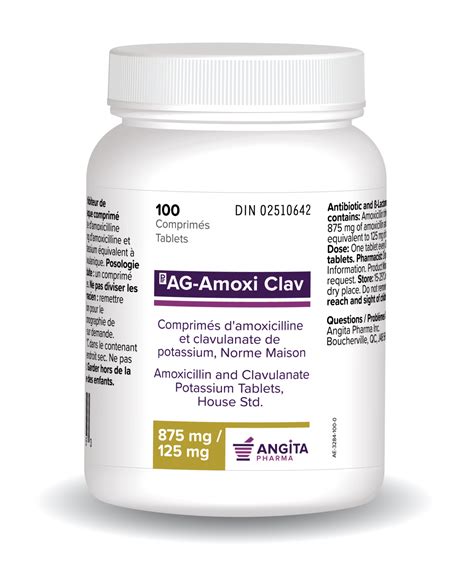Glipizide, a sulfonylurea medication, is commonly prescribed to manage type 2 diabetes by stimulating the pancreas to produce more insulin. While it can be an effective treatment for managing blood sugar levels, glipizide is associated with several potential side effects, ranging from mild to severe. Understanding these side effects is crucial for patients to manage their condition effectively and minimize the risk of complications.
Common Side Effects
Hypoglycemia (Low Blood Sugar): One of the most common and significant side effects of glipizide is hypoglycemia. This can occur when the medication causes the body to produce too much insulin, leading to dangerously low blood sugar levels. Symptoms of hypoglycemia include shakiness, dizziness, sweating, hunger, headache, and irritability. Severe hypoglycemia can lead to confusion, seizures, or loss of consciousness and requires immediate medical attention.
Weight Gain: Many patients on glipizide experience weight gain, which can be a challenge for those attempting to manage their diabetes through dietary changes and exercise.
Gastrointestinal Symptoms: Nausea, vomiting, diarrhea, and abdominal fullness or discomfort are common gastrointestinal side effects. These symptoms can be managed with dietary adjustments and, if necessary, additional medication.
Dizziness and Headache: Due to its effect on blood sugar levels and potentially other mechanisms, glipizide can cause dizziness and headaches in some patients.
Allergic Reactions: Though rare, allergic reactions to glipizide can occur, manifesting as skin rash, itching, or difficulty breathing. Any signs of an allergic reaction should be reported to a healthcare provider immediately.
Less Common Side Effects
Hepatotoxicity: There have been reports of liver damage associated with glipizide, though this is rare. Monitoring liver function may be recommended for some patients.
Hematologic Effects: Glipizide can affect the blood, potentially leading to conditions such as leukopenia (low white blood cell count), thrombocytopenia (low platelet count), or anemia.
Dermatologic Reactions: Besides allergic reactions, other skin reactions can include photosensitivity (increased sensitivity to sunlight) and porphyria cutanea tarda (a disorder that results in blistering of the skin).
Cardiovascular Risks: There is ongoing debate and research regarding the potential cardiovascular risks associated with sulfonylureas, including glipizide. Patients with a history of cardiovascular disease should discuss their risk profile with their healthcare provider.
Rare but Serious Side Effects
Severe Hypoglycemic Reactions: As mentioned, severe hypoglycemia is a medical emergency requiring immediate attention.
Blood Disorders: Rarely, glipizide can cause serious blood disorders, including aplastic anemia, agranulocytosis, or pancytopenia.
Liver Failure: Though extremely rare, there have been reports of Sulfonylurea-induced liver failure.
Managing Side Effects
- Monitoring Blood Sugar Levels: Regular monitoring can help prevent hypoglycemia and adjust the medication dose as needed.
- Dietary Adjustments: Eating regular, balanced meals can help manage blood sugar levels and reduce the risk of hypoglycemia.
- Regular Health Check-Ups: Regular visits to the healthcare provider can help monitor for potential side effects and adjust the treatment plan accordingly.
- Patient Education: Understanding the signs of hypoglycemia and other side effects, and knowing how to manage them, is crucial for patient safety.
Conclusion
While glipizide can be an effective medication for managing type 2 diabetes, it is associated with several potential side effects. Patients should be aware of these risks and work closely with their healthcare provider to minimize them. By understanding the common and less common side effects, as well as the rare but serious risks, patients can better manage their condition and improve their quality of life.
What is the most common side effect of glipizide?
+The most common side effect of glipizide is hypoglycemia, or low blood sugar. This occurs when the medication causes the body to produce too much insulin, leading to blood sugar levels that are too low.
How can I manage the risk of hypoglycemia while taking glipizide?
+To manage the risk of hypoglycemia, it’s crucial to monitor your blood sugar levels regularly, eat balanced and regular meals, and be aware of the signs of low blood sugar, such as shakiness, dizziness, and sweating. Always carry a source of quick-acting glucose with you.
Can glipizide cause weight gain?
+Yes, weight gain is a common side effect of glipizide. This can be due to increased insulin levels causing the body to store more glucose as fat. Combining medication with a healthy diet and regular exercise can help manage weight.
What should I do if I experience any side effects from glipizide?
+If you experience any side effects, it’s essential to contact your healthcare provider. For severe side effects, such as severe hypoglycemia or signs of an allergic reaction, seek medical attention immediately.



